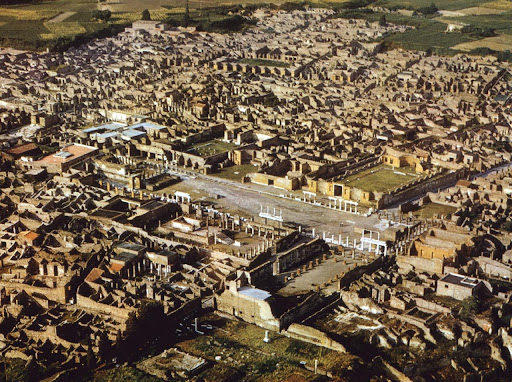It is no secret that obesity is a major health concern in our country, or that Americans have some of the most unhealthy diets in the world. What is surprising is that it in a sampling published in the September 2010 issue of Marie Claire magazine recording the daily food intake of seven women in seven different countries, the woman from the U.S. actually ate less food and less calories than most of the others polled; caloric intake ranged from 1,500 in Namibia, to 4,000 in Venezuela and the 21 year old American woman consumed a total of 1,900. These calories came in the form of two fast food meals and a number of sugary snacks, a menu that many of us are guilty of following in an effort to save time in our hectic lives. The human body evolved to function best when receiving a slow and steady supply of fuel, in the form of a number of smaller meals and snacks throughout the day. Our 9-5 workdays prove counter-productive in that they can often force us to shovel food in our mouths during an hour-long lunch break.
 |
| Typical American Workday Lunch |
The woman who consumed the most daily calories was an 18 year old from Venezuela; she doubled the recommended number at a whopping 4,000. She snacked on potato chips and candy bars during the day, and many of the foods she ate were fried. Nevertheless, her diet was overall healthier than the American who ate less, in that she ate three somewhat balanced meals, consisting of grains, lean protein, and fruit.
 |
| Typical Venezuelan Meal of Black Beans, Shredded Beef, Fried Plantains, and Rice |
One of the healthiest diets was that of a 27 year old woman from Yemen. She consumed 2,700 daily calories, which, like those of the Venezuelan woman, were made up of three meals and a number of snacks throughout the day. However, the Yemenis woman's diet consisted mainly of fruits and vegetables, with a sprinkling of beans, flatbread, and lean meat. Rather than junk food, she snacked on mangoes, bananas, papayas, and other fruit throughout her day.
 |
| A Sampling of Yemenis Cuisine |
In recent years, our view of the Middle East has been less than favorable, yet their healthy dietary practices put ours, which are unnecessarily high in fat and sodium, to shame. The hunter-gatherer lifestyle of our ancestors required them to seek out foods high in fat and sodium when available in order to survive, but in our modern world of supermarkets and heated homes these foods should be eaten sparingly. Although our nation's view of different cultures is more ethnocentric than most, we have much to learn from others who we have hastily written off as less civilized or underdeveloped.




